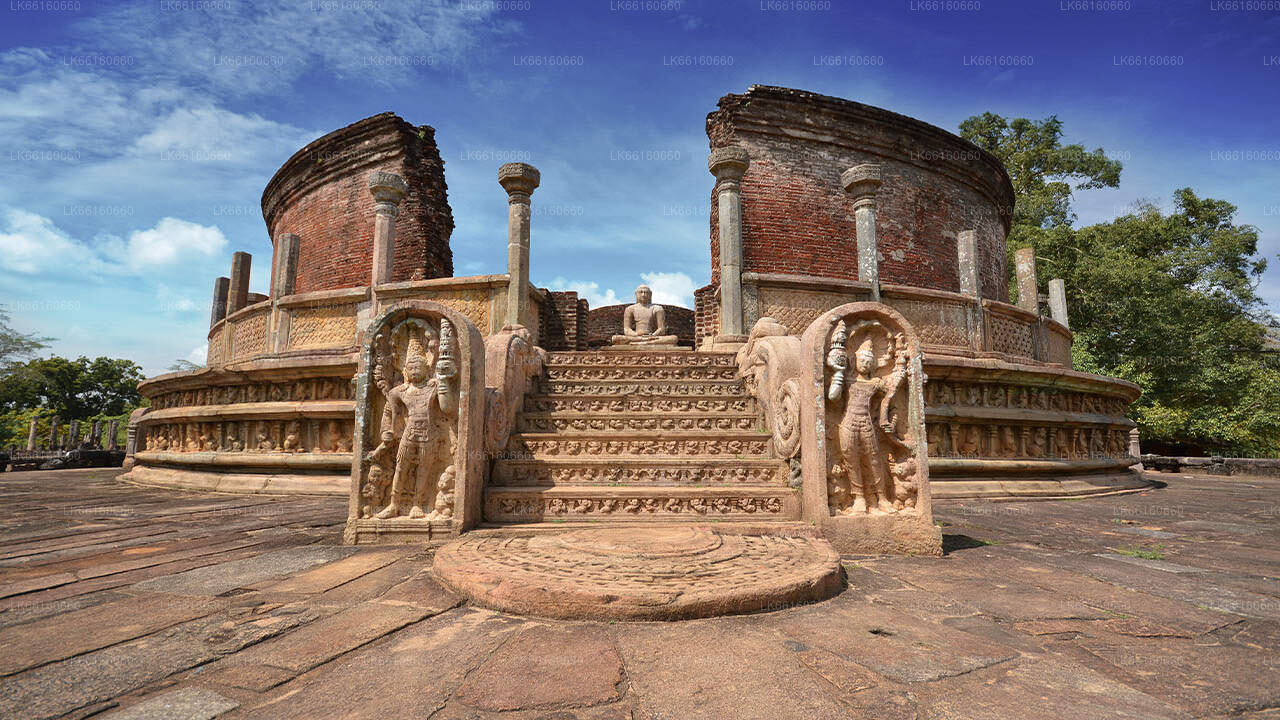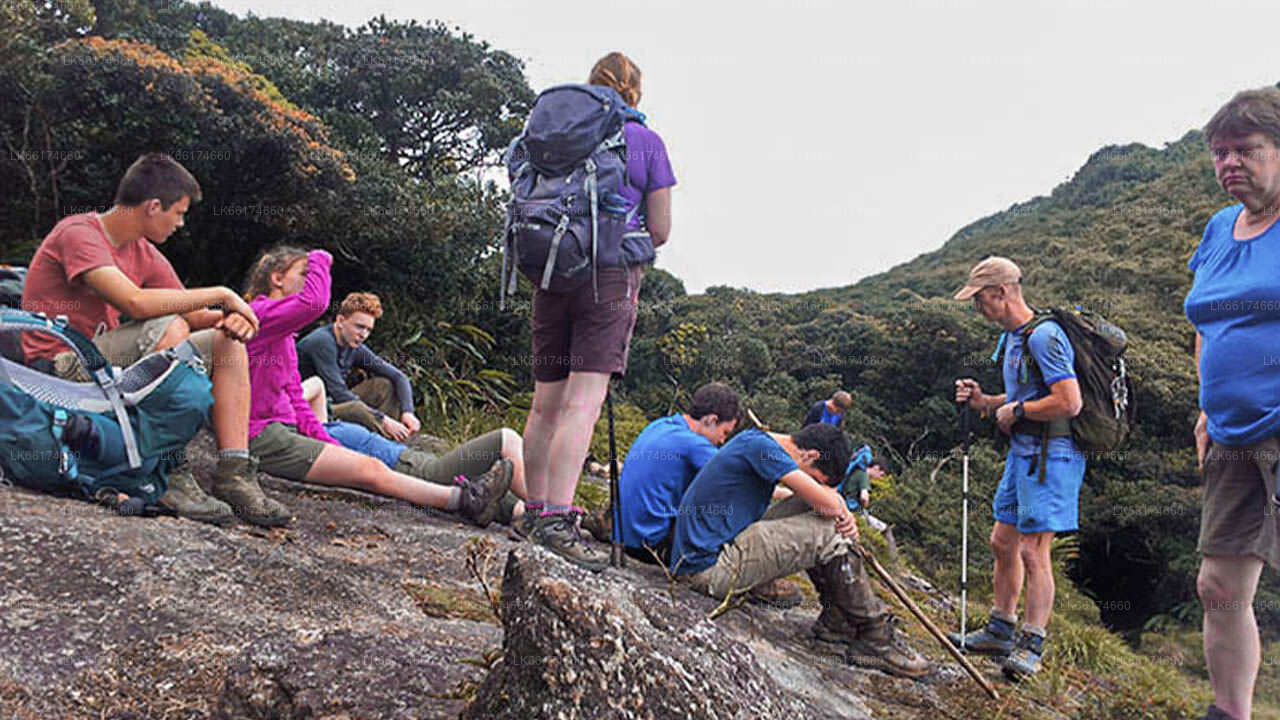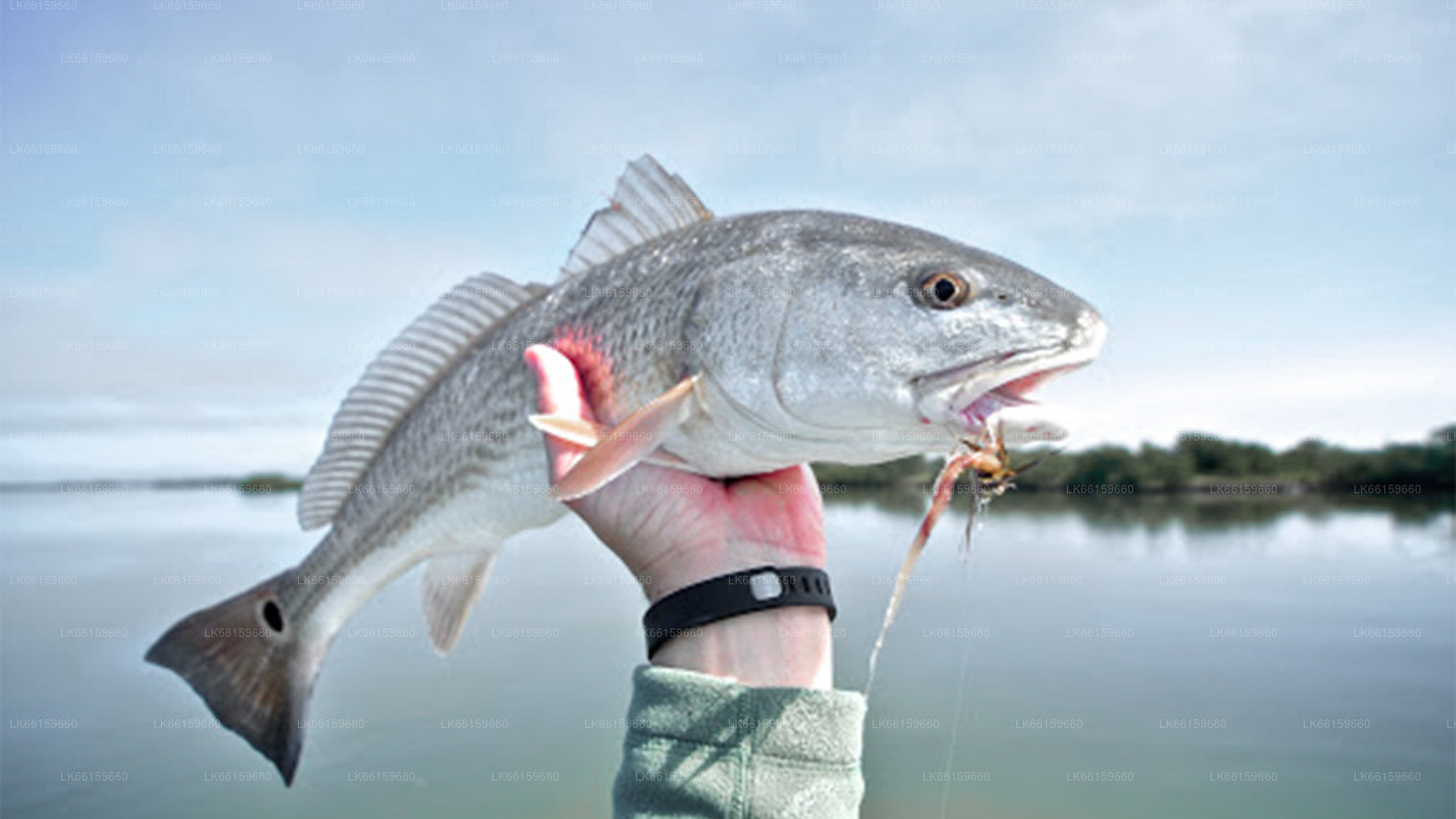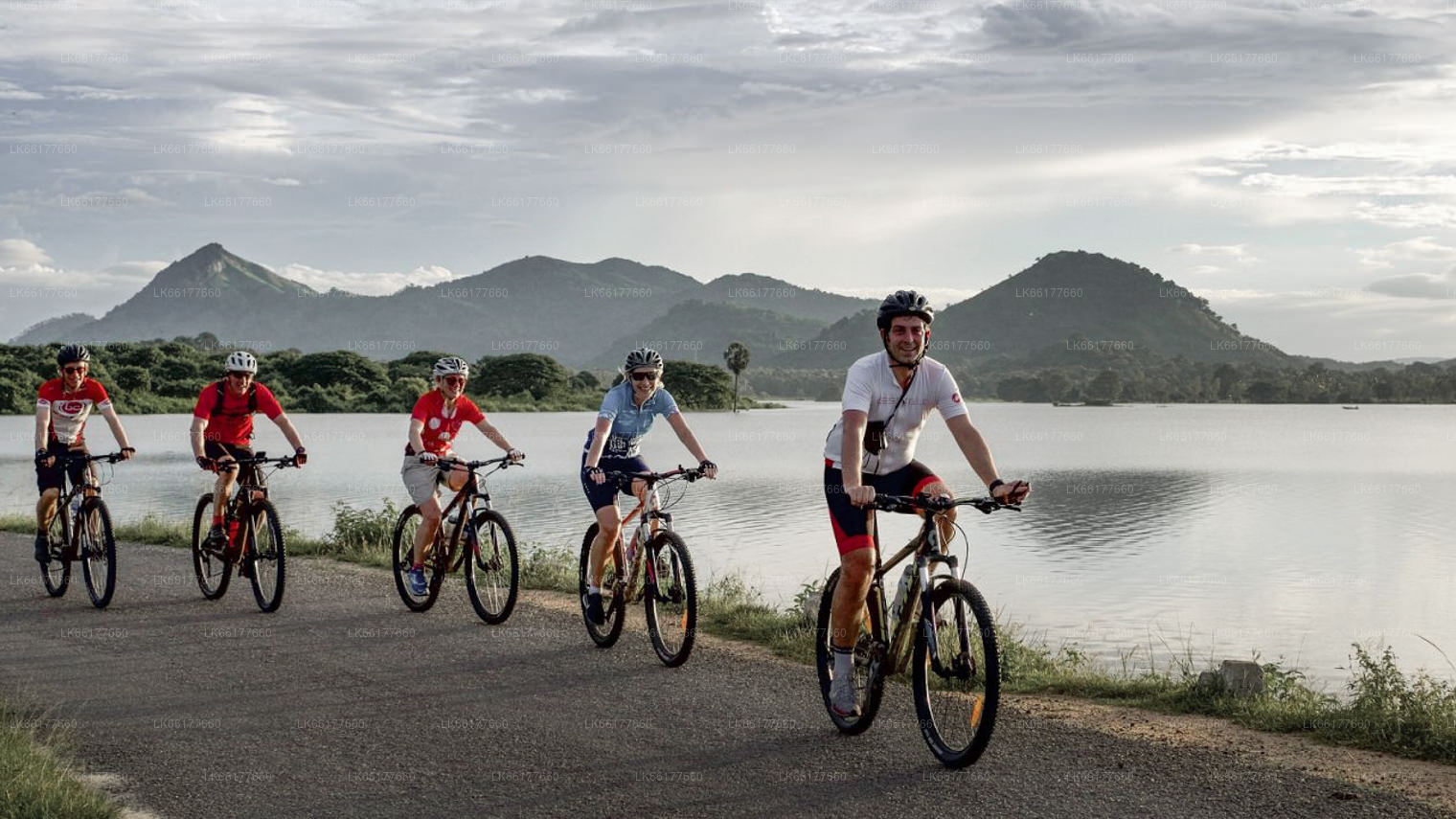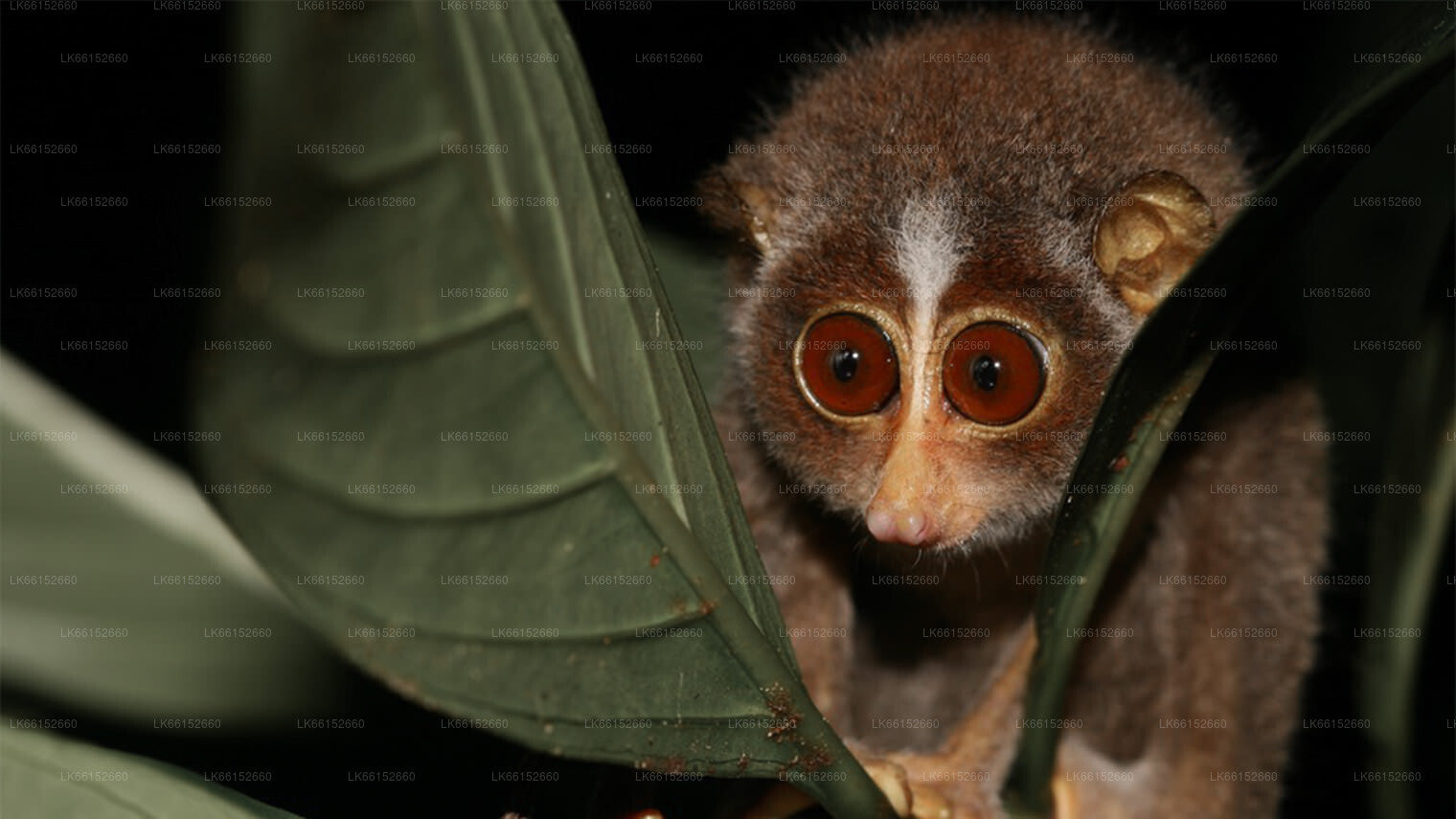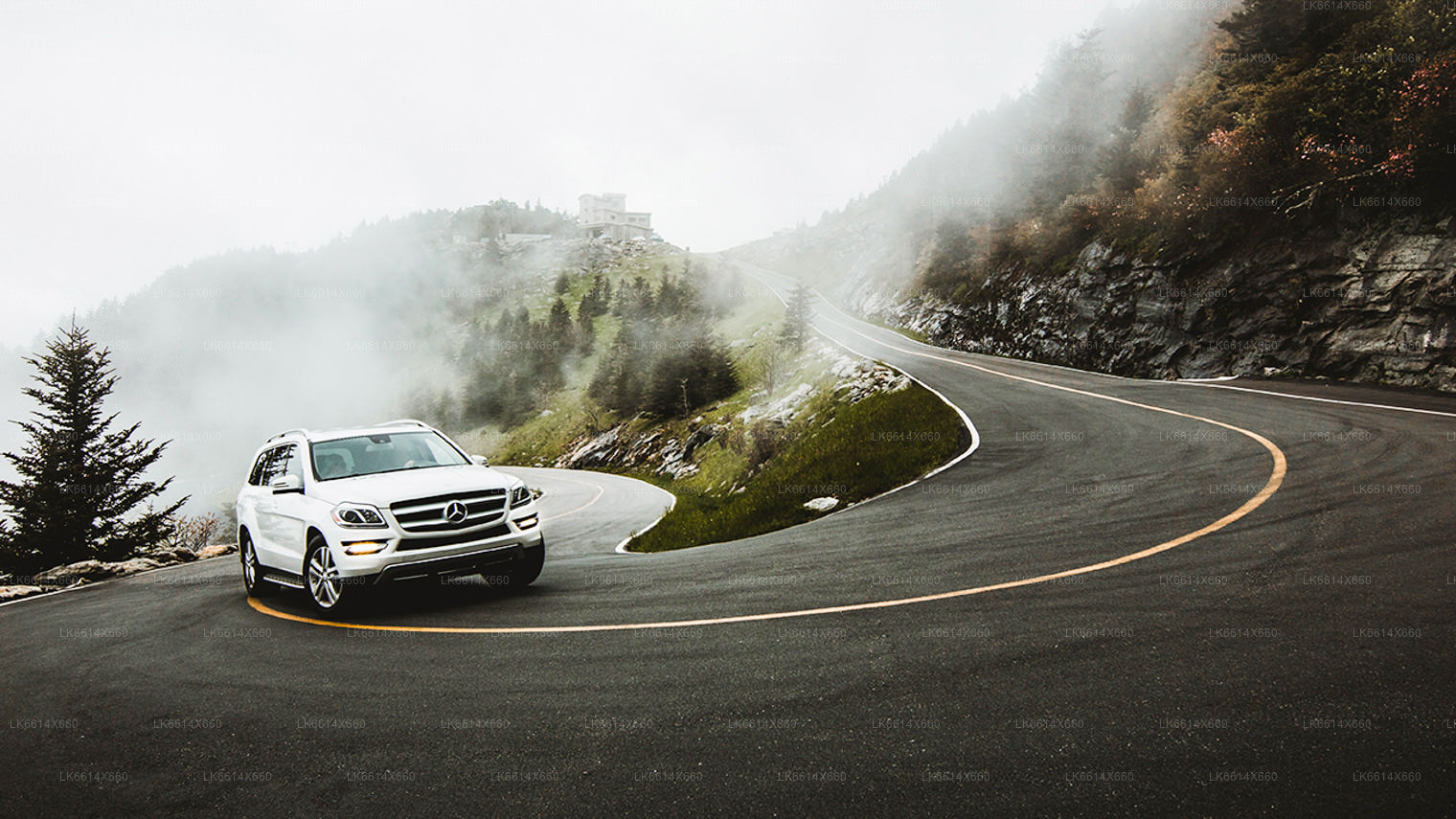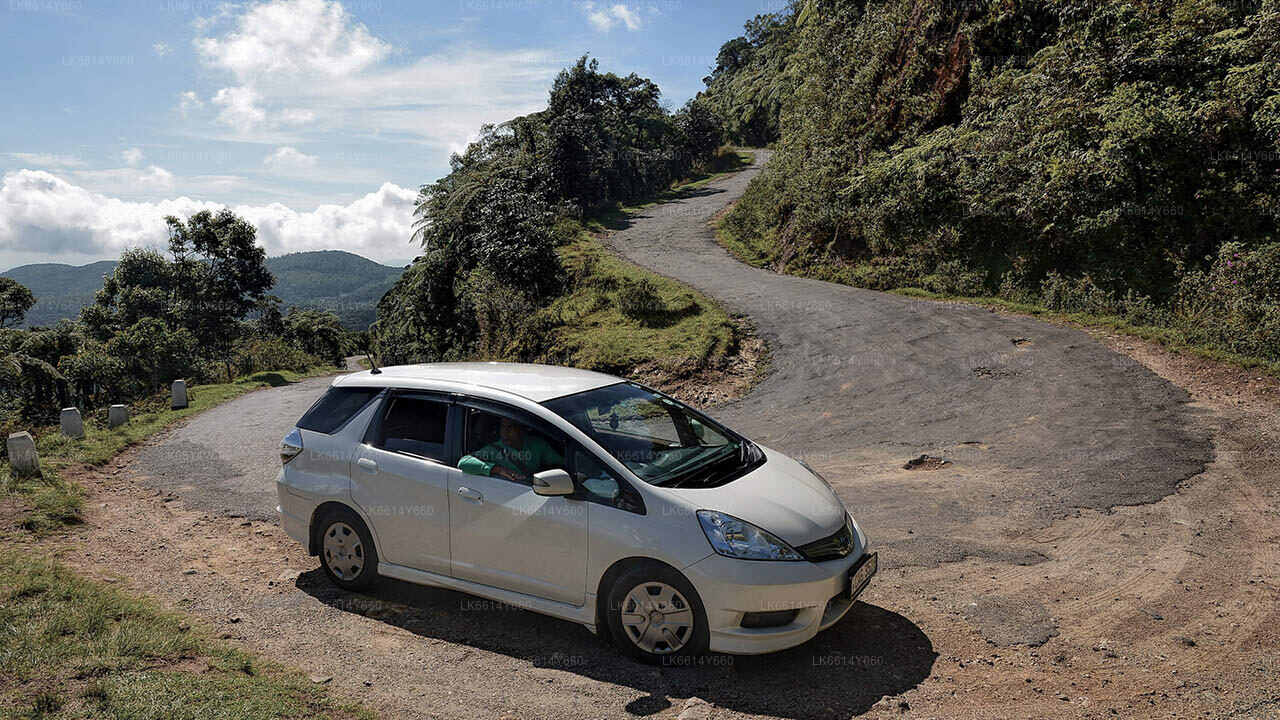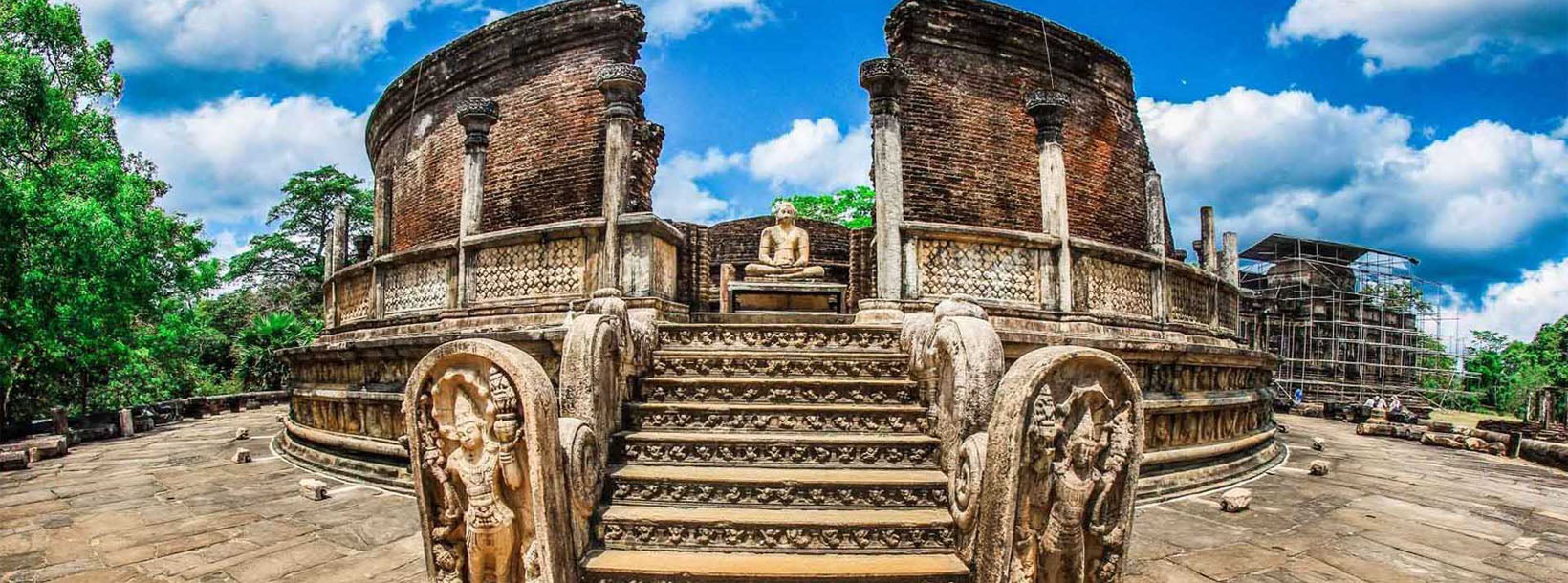
Polonnaruwa-stad
Polonnaruwa, een UNESCO-werelderfgoedlocatie in Sri Lanka, was de middeleeuwse hoofdstad van het land (11e-13e eeuw). Het staat bekend om zijn goed bewaarde ruïnes, waaronder de iconische Gal Vihara-beelden, en heeft een indrukwekkende architectuur die de grandeur van de oude Singalese beschaving weerspiegelt.
Pulasthi Statue
The statue is located to the north of the city of Polonnaruwa, and close to the eastern bank of the Parakrama Samudra reservoir, which was built by Parakramabahu I himself. It is about 100 metres (330 ft) north of the ancient Potgul Vehera monastery
LocationThe statue is located to the north of the city of Polonnaruwa, and close to the eastern bank of the Parakrama Samudra reservoir, which was built by Parakramabahu I himself. It is about 100 metres (330 ft) north of the ancient Potgul Vehera monastery.
CharacteristicsThe statue was built presumably in the 12th century, during the reign of Parakramabahu I. The statue of Parakramabahu I is one of the best stone sculptures belonging to the Polonnaruwa period. The 11-foot-2-inch-high (3.40 m) statue is carved in high relief on a large boulder, with full use being made of its height. Its upper body is bare except for a single thread worn over the left shoulder.A long object is held in the hands. The statue's face carries a grave expression, with half-closed eyes, a high forehead, a long beard and a moustache. The shoulders of the statue are rounded, suggesting "extraordinary strength". The right leg is relaxed with the right knee bent forward slightly. The left leg carries the weight of the body, while the hip is also slightly inclined to the left. According to archaeologist Senarath Paranavitana, this statue is "the very embodiment of strength, majesty and dignity"
IdentityThe statue has not been positively identified, but the popular and widely accepted belief is that the statue is of King Parakramabahu I, who ruled the country 1153 to 1186. Historian Mendis Rohanadeera has suggested that the statue shows a man belonging to the Lambakanna clan, because a hare—a symbol of this clan—is depicted above the left shoulder of the statue. This supports the theory that it is a statue of Parakramabahu I, who was of the Lambakanna clan. However, another theory is that it is the statue of a sage; either Agastya or Pulasthi. The object held in the hands of the statue may be an ola (cured palm leaves) book. This, and the fact that it is located close to the Potgul Vehera, which was a library in ancient times, supports this theory. However, another belief is that the object is a "yoke of kingship".
Over het district Polonnaruwa
Polonnaruwa is de op één na grootste stad in de noord-centrale provincie van Sri Lanka. De oude stad Polonnaruwa is door UNESCO uitgeroepen tot Werelderfgoed. Polonnaruwa heeft een rijke geschiedenis van veroveringen en strijd achter de rug en vormt terecht het derde element in de Culturele Driehoek. Gelegen op ongeveer 140 km ten noordoosten van Kandy, biedt Polonnaruwa urenlang eindeloos plezier voor liefhebbers van geschiedenis en cultuur, met talloze bezienswaardigheden van betekenis.
Much of the physical ruins standing today are credited to King Parakrama Bahu I who spent many royal resources on town planning, including parks, edifices, irrigation systems and so on. The period of his rule is considered a golden age where the kingdom thrived and prospered under a visionary ruler. The Parakrama Samudra is a mammoth tank and named after its patron. The popular kings Royal Palace, the Audience Hall encircled by beautifully carved stone elephants and the Bathing Pool reflect the superior engineering capabilities of the time.
Over Noord-Centrale Provincie
De Noord-Centrale Provincie, de grootste provincie van het land, beslaat 16% van het totale landoppervlak. De Noord-Centrale Provincie bestaat uit twee districten: Polonnaruwa en Anuradhapure. Anuradhapura is het grootste district van Sri Lanka. De oppervlakte bedraagt 7.128 km².
De Noord-Centrale Provincie biedt talloze mogelijkheden voor investeerders om hun bedrijf te starten, met name in de landbouw, agrarische bedrijven en de veehouderij. Meer dan 65% van de bevolking van de Noord-Centrale Provincie is afhankelijk van basislandbouw en agrarische bedrijven. De NCP wordt ook wel "Wew Bendi Rajje" genoemd, omdat er meer dan 3000 middelgrote en grote tanks in de provincie staan. Sri Maha Bodiya, Ruwanweli Seya, Thuparama Dageba, het Abayagiri-klooster, Polonnaruwa Rankot Wehera en Lankathilake zijn bang.









